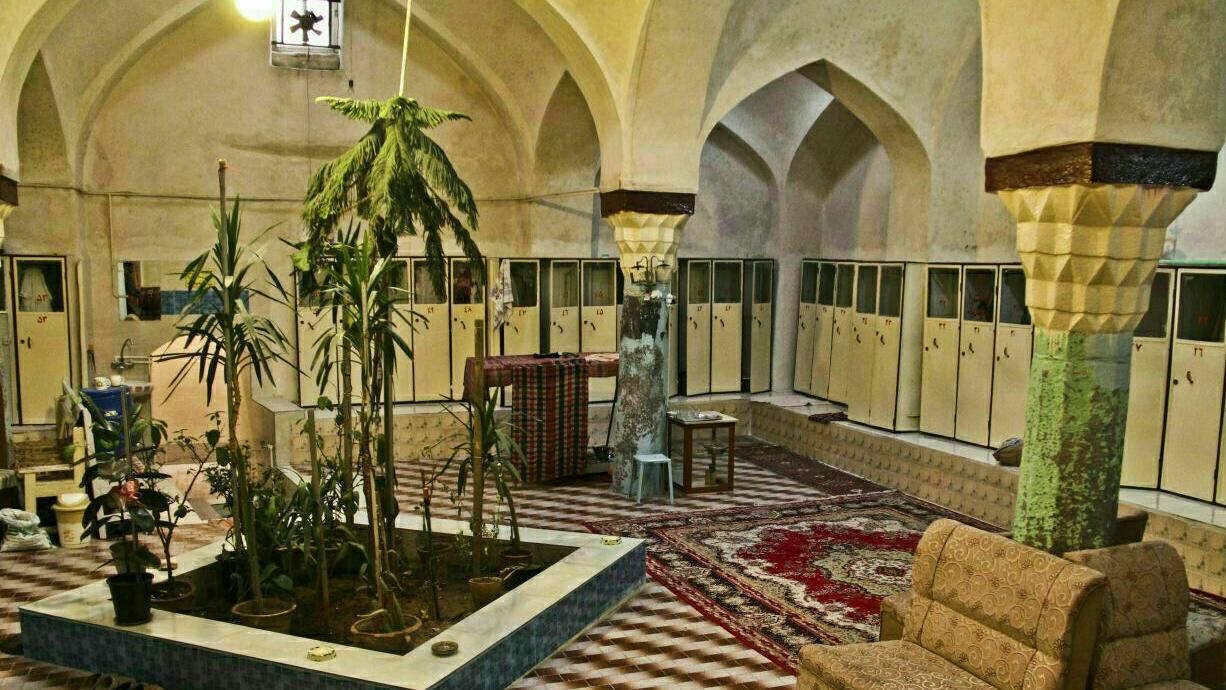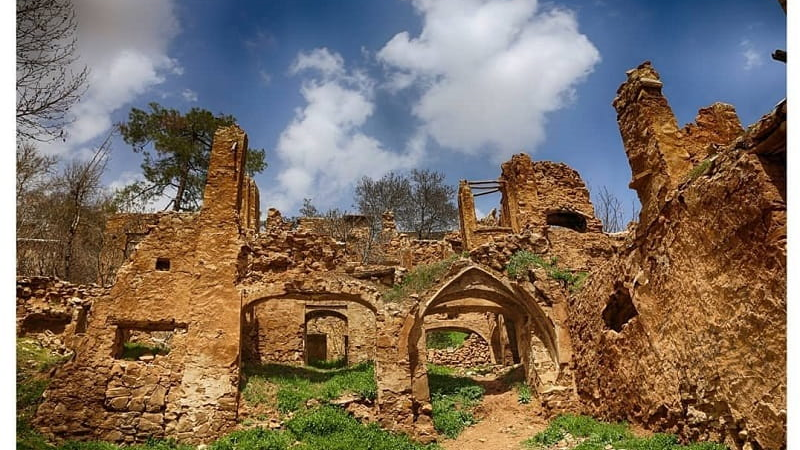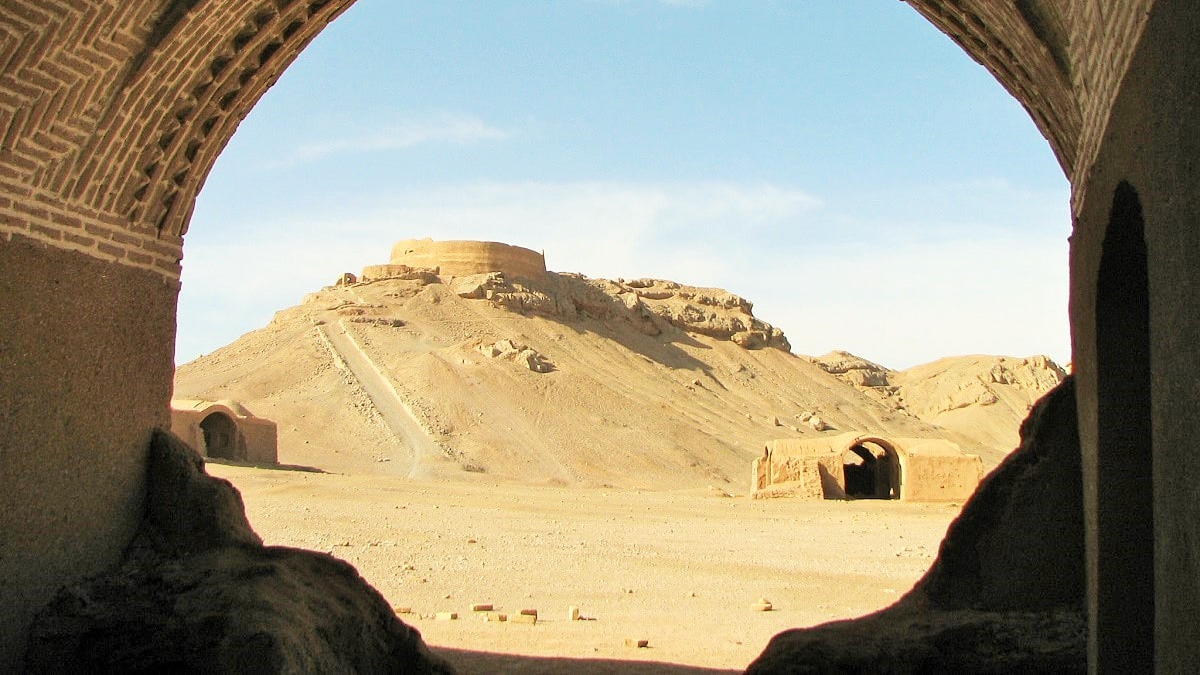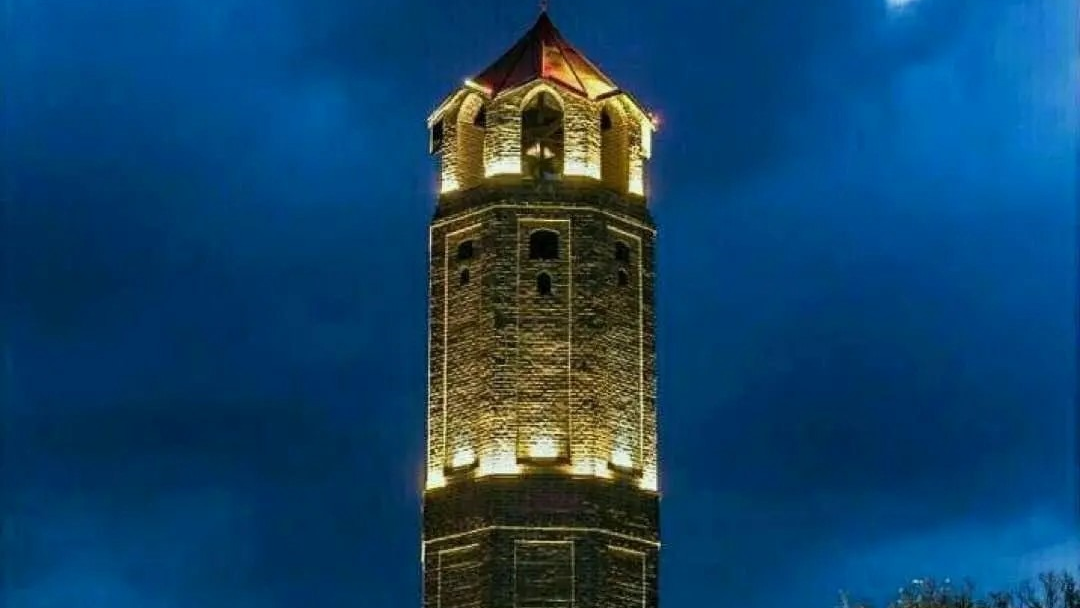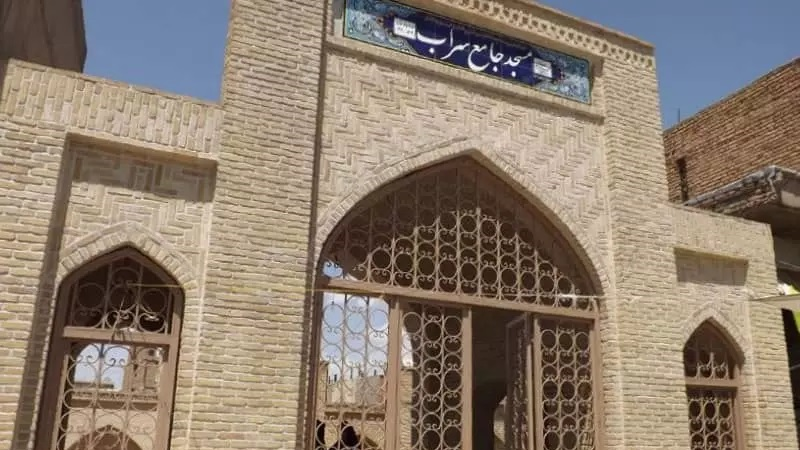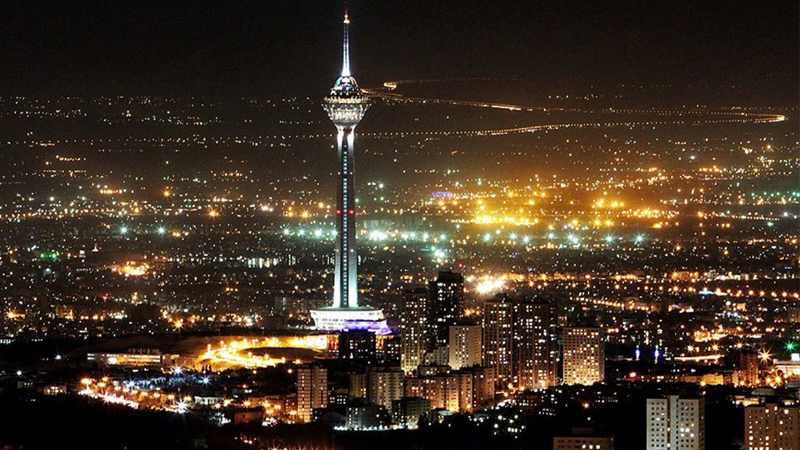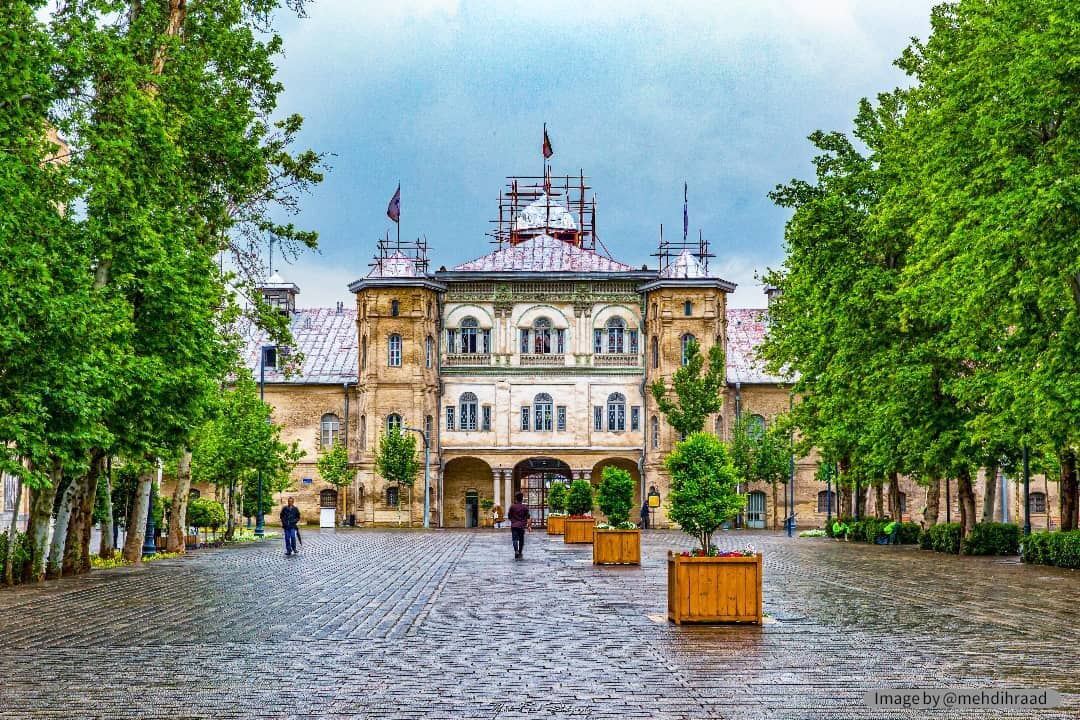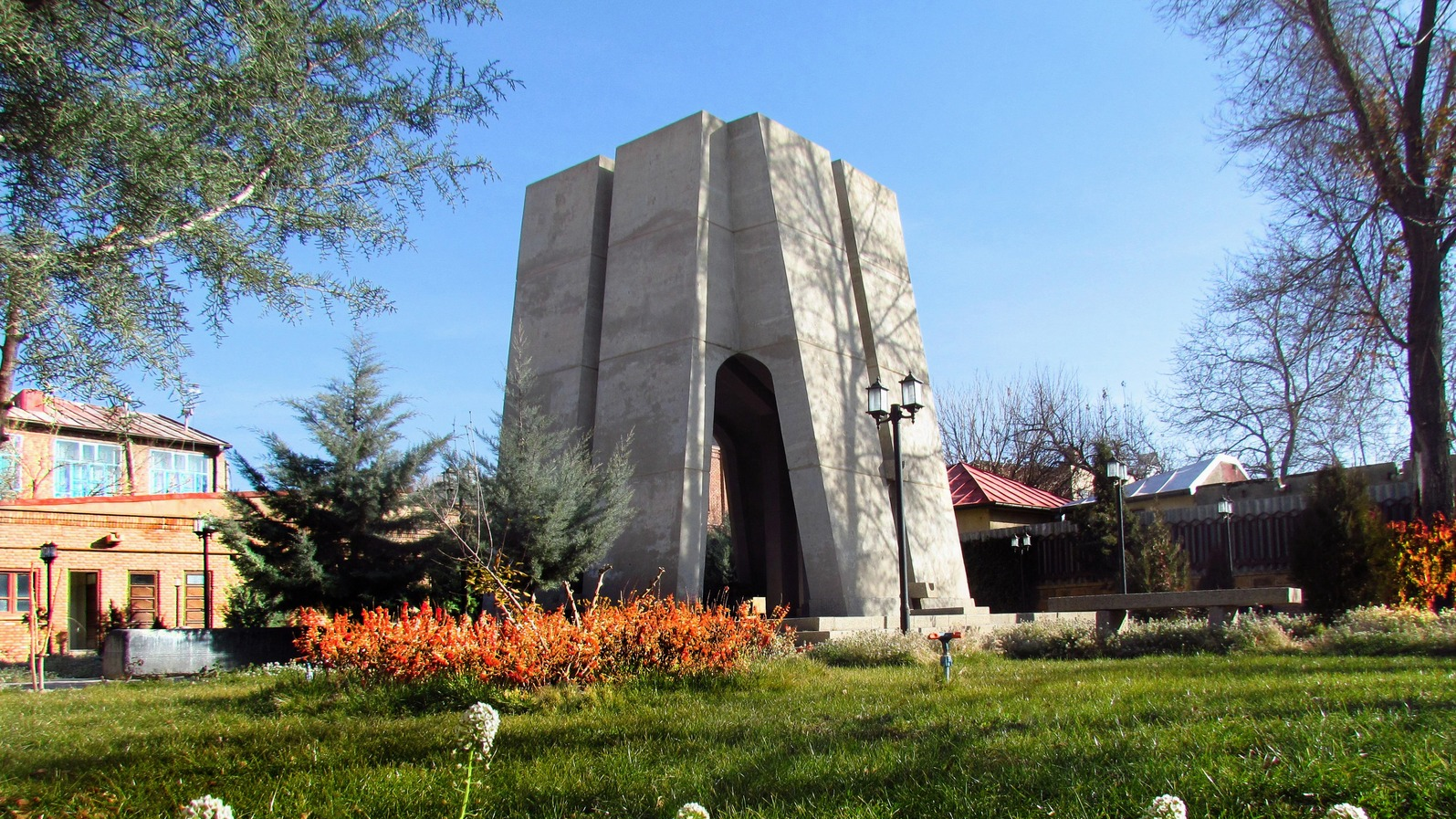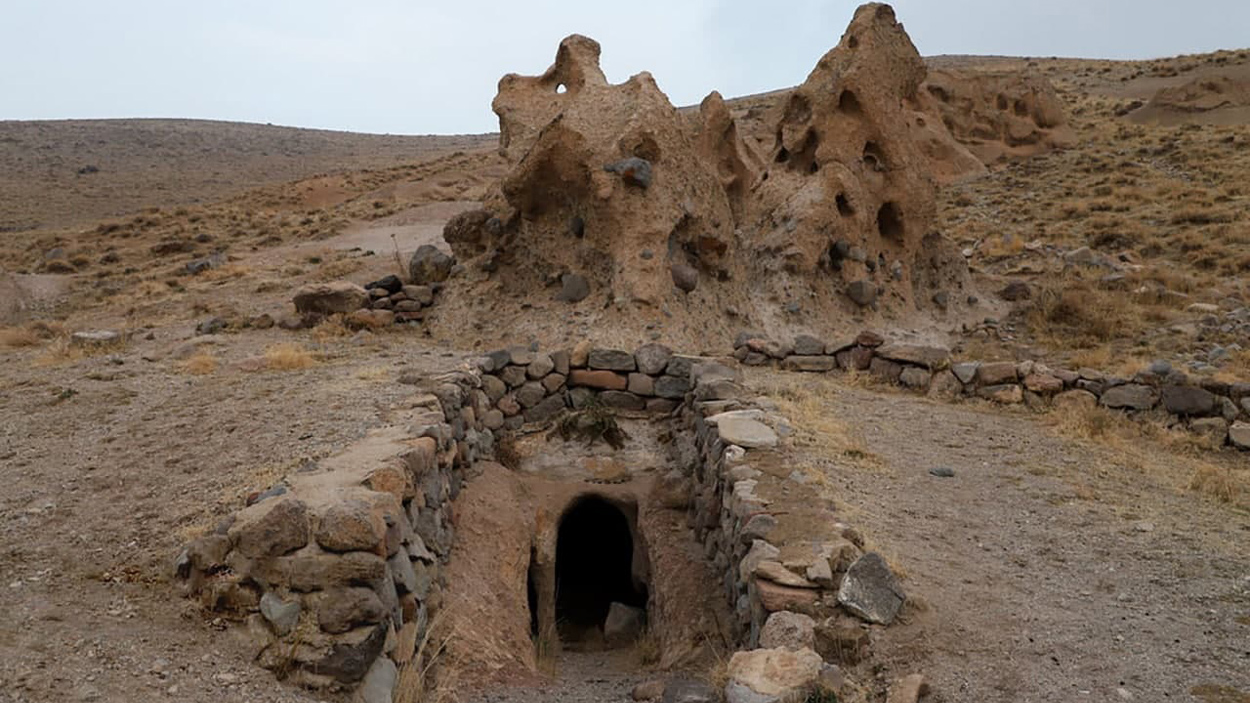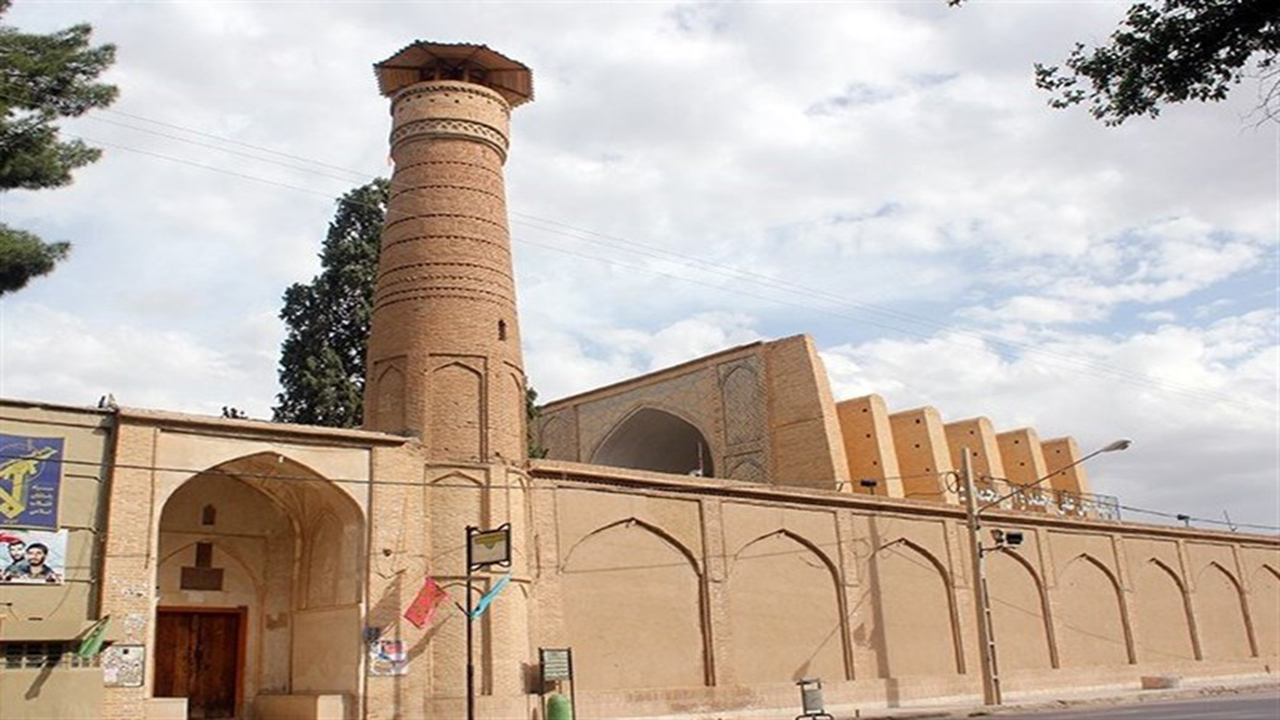
Mithra Temple of Maragheh
According to some experts, Mithraism was widespread in Iran and there are many historical sites related to ancient Iran, the existence of which endorse this hypothesis. Nithra Temple of Maragheh was most likely a place in which rituals were held to worship Mitra or Izad Mehr.
What Was Mithraism?
Mithraism was a faith in which the sun and light were respected symbols. According to the obtained evidence, this faith was popular during the Sassanid era (224 to 651 AD) and had also spread to the Roman Empire and Western Europe.
To perform their religious rituals, Mehr worshipers used to gather in a place called “Mehrabah”, which was made in such a way that sunlight would shine into it at sunrise, noon, and sunset. Mehr worshipers believed that the sunlight shining into the temple was a sign of the emergence of Mithra. After the advent of Islam in Iran, the place where prayers are held in mosques was called “Mihrab”, which was most likely derived from the name “Mehrabeh”.
Features and Architecture of Mithra Temple of Maragheh
Many ancient Iranian temples were built in the heart of the rocks. Mithra Temple of Maragheh was also one of these hand-made temples that was created in the heart of the mountain and lower than ground level. There are cracks in the walls of the temple that were used as niches. The central hall of the temple is rectangular and has three accesses to the three dome-shaped spaces around it. The circular rooms of the temple are one of its most interesting parts. There are certain signs in this temple, that reflect the hierarchy system of Mithraism.
Mithra Temple of Maragheh was the refuge of the rulers and the rich during storms and heavenly disasters. Some people believe that this temple was used as a place of seclusion by Sufis and mystics. According to them, Sufis gathered in this temple during the time of Sheikh Safi al-Din Ardabili; the ancestor of the Safavid kings who ruled Iran between 1501 and 1736 AD. He was a Sufi leader sometime between 1275 and 1334 AD.
There is an old elm tree in the open area of this temple. There is also a rock within the vicinity of the temple with human-made wholes on it.
The tomb of Mulla Masoum Maraghei who was one of the famous scholars of religious sciences in the city of Maragheh and lived in the 14th century is in this site. Due to the presence of the tomb of this religious scholar, this place is also called “Imamzadeh Masoum”. There is a cemetery located near this temple.
History of Mithra Temple of Maragheh
So far, no extensive exploration has been done in this temple, but according to experts, the creation of this place by hand proves that it was a temple of Mehr worshipers. It seems that the temple was built during the Parthian era. If this hypothesis is correct, this temple is seven thousand years old.
Later on, during the rule of the Ilkhanate dynasty (1256 to 1356 AD), some changes were made in this building including the installation of a Qur’anic inscription.
There were a number of mehrabeh in Maragheh, of which only the mehrabeh of the Mehr Temple and some caves around the observatory have survived.
Where is the Mithra (Mehr) Temple of Maragheh Located?
This temple is located six kilometers from Maragheh, in a village called “Varjavi”. It seems that the original and old name of this village was “Ravaovi”, which means “House of the Sun” (“Var” means sun in Azari Turkish dialect, and “Eo” means house), but was changed to Varjavi due to being difficult to pronounce.
This site was inscribed on the list of Iran’s national heritage in the year 1977.
According to the obtained evidence, Mithraism was popular during the Sassanid era (224 to 651 AD) and had also spread to the Roman Empire and Western Europe.
| Name | Mithra Temple of Maragheh |
| Country | Iran |
| State | East Azerbaijan |
| City | Maragheh |
| Type | Historical |
| Registration | National |
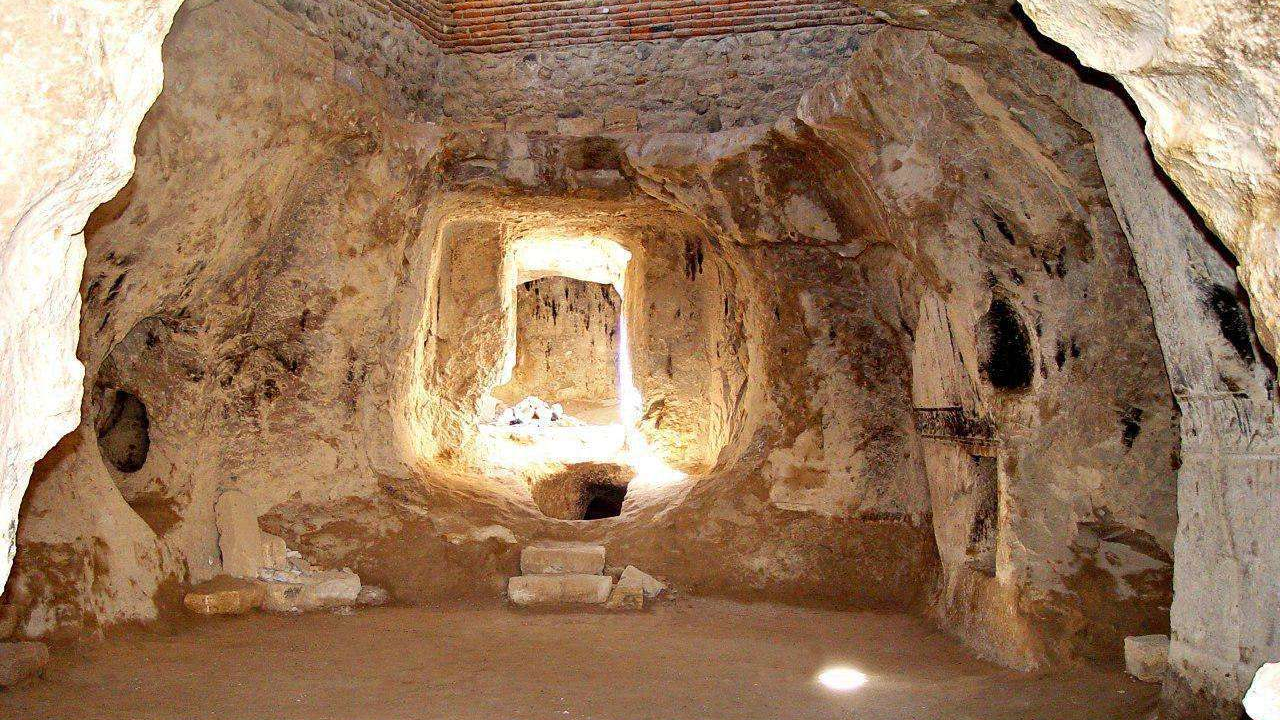

_1.jpg)
_1.jpg)


_1.jpg)
_1.jpg)
Choose blindless
Red blindless Green blindless Blue blindless Red hard to see Green hard to see Blue hard to see Monochrome Special MonochromeFont size change:
Change word spacing:
Change line height:
Change mouse type:
